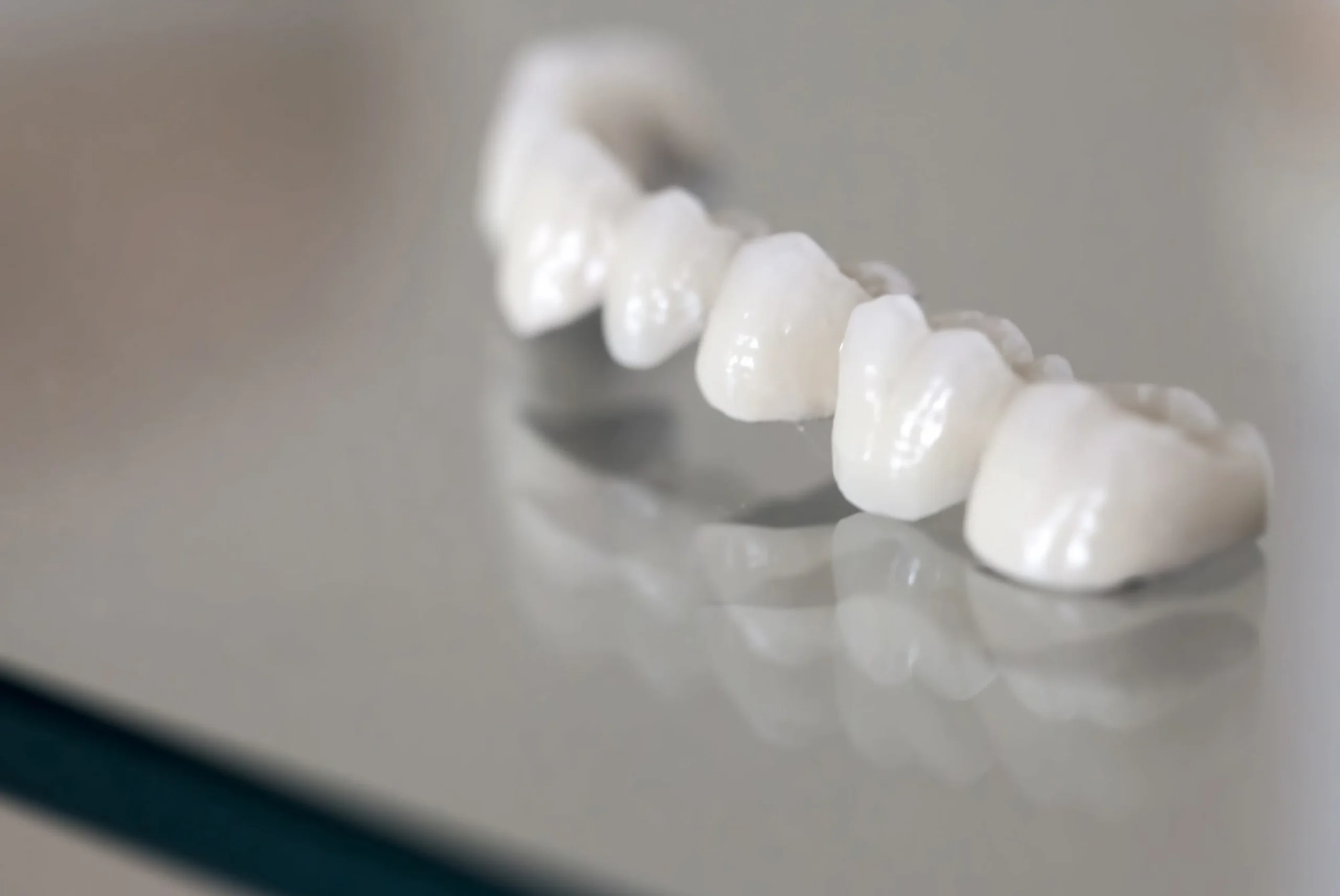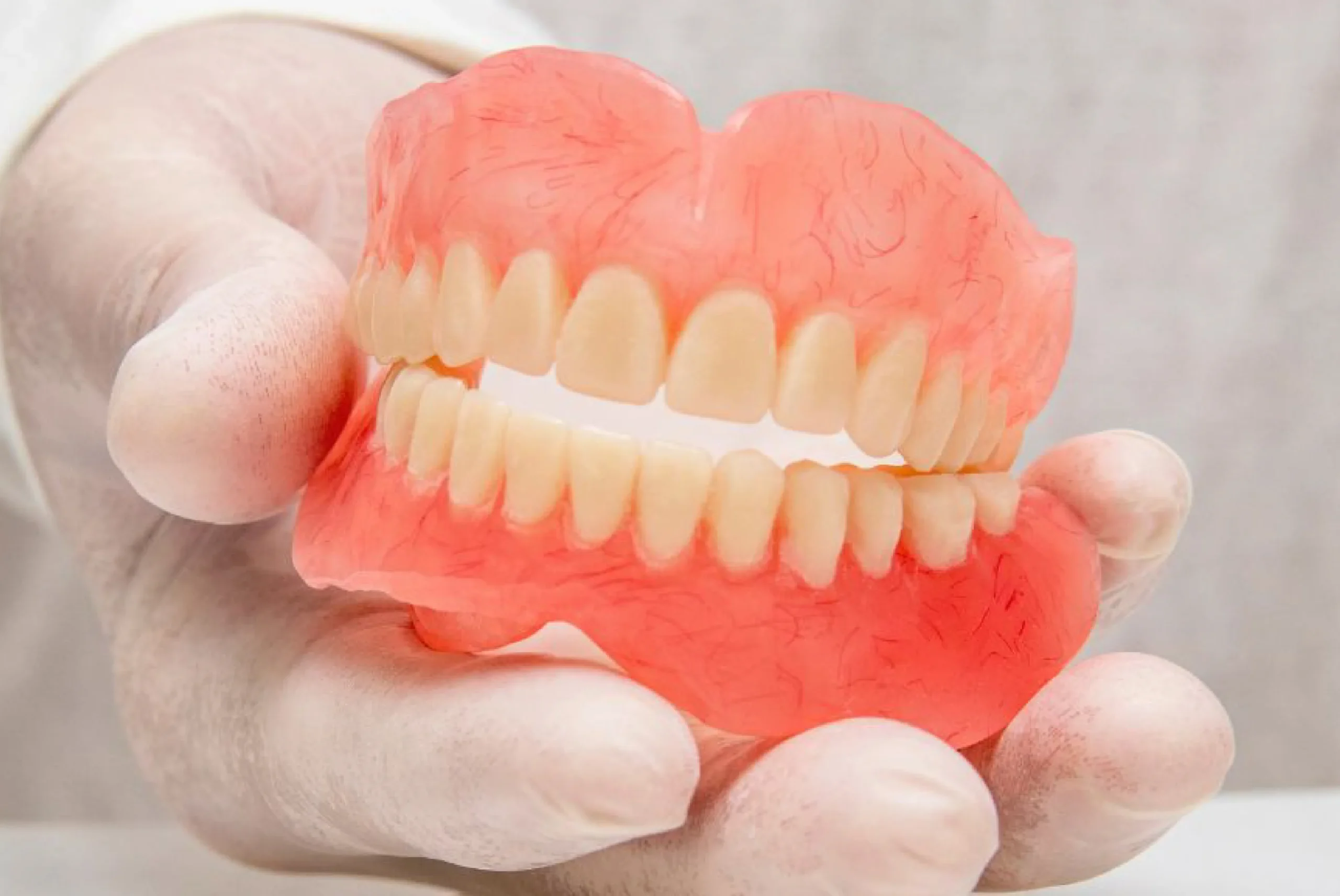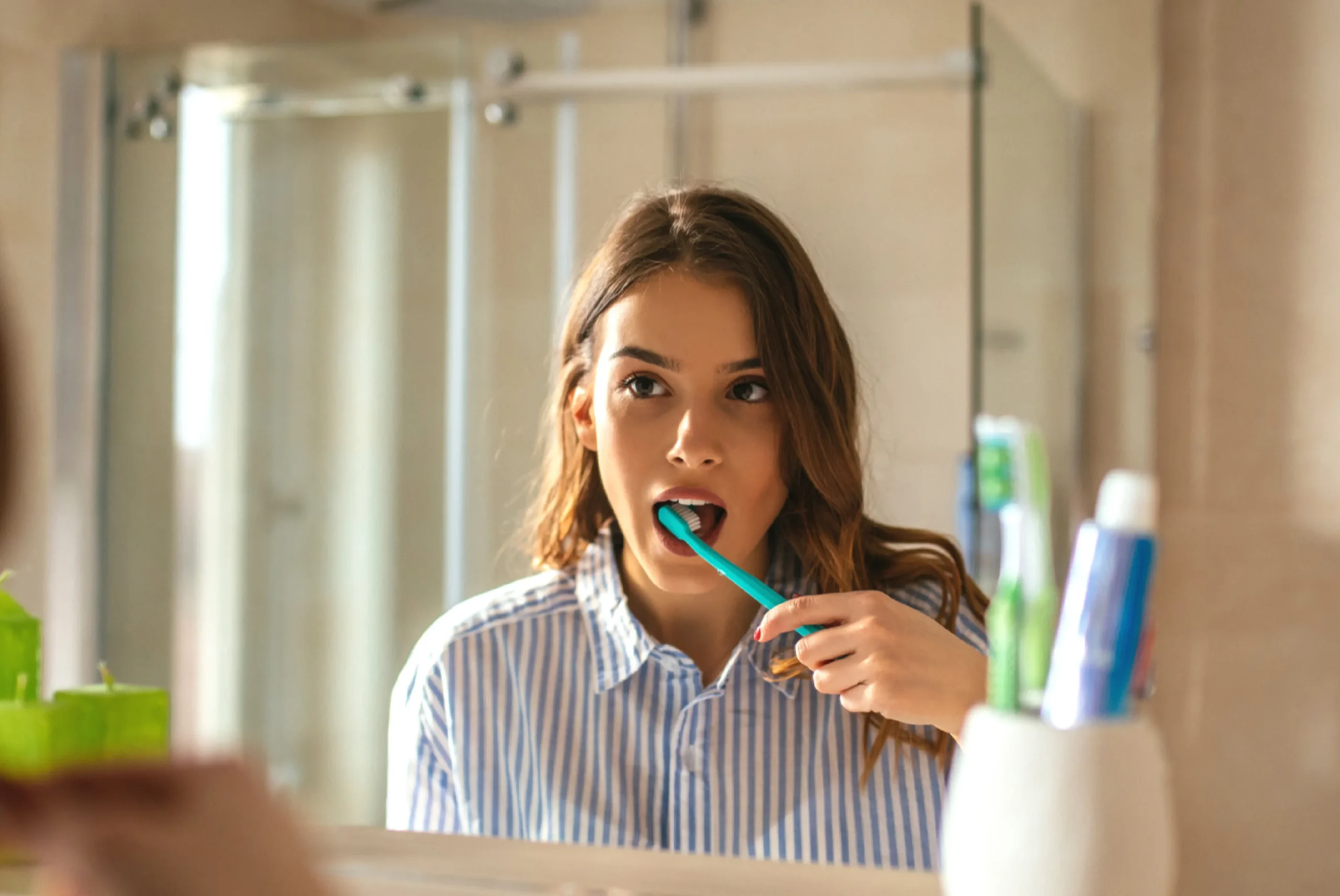Maintaining optimal oral health and dental smile requires lifelong commitment. Regardless of compliments about your teeth, it’s essential to consistently adopt proper daily practices and choose appropriate oral care products to safeguard your teeth, improve your dental smile at grace dental and prevent potential issues. This includes being attentive to your daily habits.
The impact of orthodontic treatment on attractive dental smile.
Braces represent a widely recognized orthodontic treatment designed to gradually straighten teeth and realign the jaw. Employing a system of bands, wires, and brackets, braces apply continuous pressure over an extended period to shift teeth into the desired position. Simultaneously, this process induces a gradual transformation of the jaw shape, resulting in the attainment of a flawless dental smile.
One way in which braces contribute to a better smile is by enhancing overall oral health. Addressing spacing and alignment issues facilitates more effective teeth cleaning, reducing the risk of gum disease, tooth decay, and cavities. Consequently, braces play a preventive role in maintaining oral health, averting problems associated with misaligned teeth that could compromise the aesthetic appeal of one’s dental smile.
Additionally, braces contribute to the achievement of a perfect smile by addressing misaligned jaws, rectifying issues like overbites, under bites, and disproportionate features. Realignment of the upper and lower jaw components results in an improved smile, establishing a harmonious balance between lips, jaws, and facial proportions.
Through the gradual and consistent adjustment of teeth and jaws, braces not only enhance the health but also the aesthetic appearance of a dental smile. As the smile undergoes positive transformations, an individual’s confidence is likely to soar, further accentuating the radiance of their improved dental smile.
How to improve your dental smile with grace dental?
1) Preserve your inherent luster.
Your dental smile stands out as one of the initial aspects people observe about you. Achieving a healthy smile isn’t an instantaneous process; rather, it involves employing various methods to establish and sustain. Here are ten simple actions you can take to enhance the look and well-being of your teeth.
2) Engage in daily flossing.
Daily flossing is crucial for eliminating plaque located between teeth and beneath the gum lines, areas inaccessible to a toothbrush. Consistent flossing is effective in preventing tooth decay and gingivitis. Without regular attention, plaque and tartar accumulate beneath the gum lines, paving the way for periodontal disease, which, in turn, results in bone deterioration and eventual tooth loss.
Proper flossing involves tightly wrapping the floss around your finger and gently inserting it into the spaces between your teeth. Slide it up and down beneath the gum lines two to three times. If bleeding occurs, it is often an indication of gingivitis or gum disease. With daily flossing, any bleeding associated with mild to moderate gingivitis typically diminishes after about two weeks.
For those who find traditional flossing challenging, an oral irrigator provides an alternative. This device employs water or mouthwash to spray and remove plaque and food particles from between teeth and below the gum line.
3) Schedule appointments with your hygienist twice annually.
Regular biannual cleanings play a crucial role in promoting excellent oral health and a radiant dental smile. Irregular cleaning appointments can lead to the development of periodontal disease, resulting in visually unappealing swollen, receding, and bleeding gums. Moreover, periodontal disease has associations with various health conditions such as heart attacks, strokes, diabetes, obesity, premature births, and sleep apnea.
Beyond the removal of stains and tartar from your teeth, your dental hygienist will conduct screenings for health conditions like high blood pressure and oral cancer. Since many health issues manifest symptoms in the oral cavity, your dentist and hygienist can bring attention to potential concerns that warrant further investigation with your physician.

4) Quit smoking.
Smoking results in teeth staining, with the smoke-induced stain occasionally being a surface-level discoloration that can be polished away. However, it can also permeate deep into the enamel.
In addition to tooth discoloration, smoking harms the health of gums, leading to their recession and the formation of substantial pockets around the teeth. This contributes to the visual effect of longer teeth and the emergence of dark gaps between them. Furthermore, smoking significantly complicates the reversal of gum disease.
5) Restrict your intake of coffee, tea, and red wine.
Top of Form
Beverages such as coffee, tea, and red wine are recognized for their teeth-staining properties. Like smoking, these drinks can result in a surface-level stain that your dentist or hygienist can address through polishing. However, they can also contribute to internal staining of your tooth enamel.
Using a straw while drinking can minimize tooth staining and potentially lower the risk of tooth decay. Additionally, regularly rinsing your mouth with water helps prevent the dark liquid from lingering on your teeth for extended periods, especially between meals.
6) Be selective in your choice of teeth whitening products.
There is a range of teeth whitening products to choose from based on your requirements, including gel pens, rinses, toothpastes, strips, over-the-counter trays, custom trays, and laser whitening. Although the options might be overwhelming, each type comes with specific advantages to address particular concerns. For those who indulge in coffee and tea, whitening toothpastes and rinses prove effective. Gel pens are a suitable choice for touch-ups on specific areas, such as a tooth that has shifted back and accumulated more stainTop of Form. For professional-grade whitening and the most significant results, custom trays and laser whitening are recommended.
7) Stay adequately hydrated by drinking ample water.
Water stands out as the healthiest beverage for both your smile and overall well-being. It aids in cleansing teeth and acts as a deterrent against tooth decay. Opting for tap water is ideal as it typically contains the recommended fluoride dosage. In contrast, bottled water may originate from sources where fluoride levels are not monitored or may lack fluoride altogether. Maintaining a healthy fluoride level is essential for promoting dental health and preventing decay.
Regular consumption of acidic or sugary beverages can significantly elevate the risk of decay. Athletes, in particular, are increasingly vulnerable as the impact of sports drinks can have adverse effects on their teeth.




